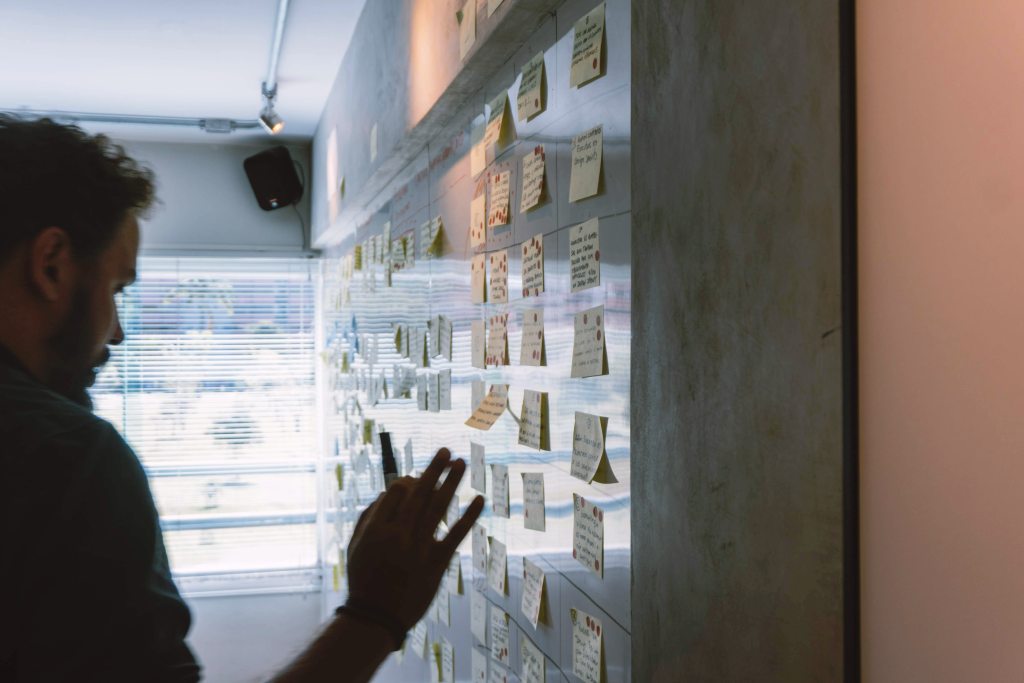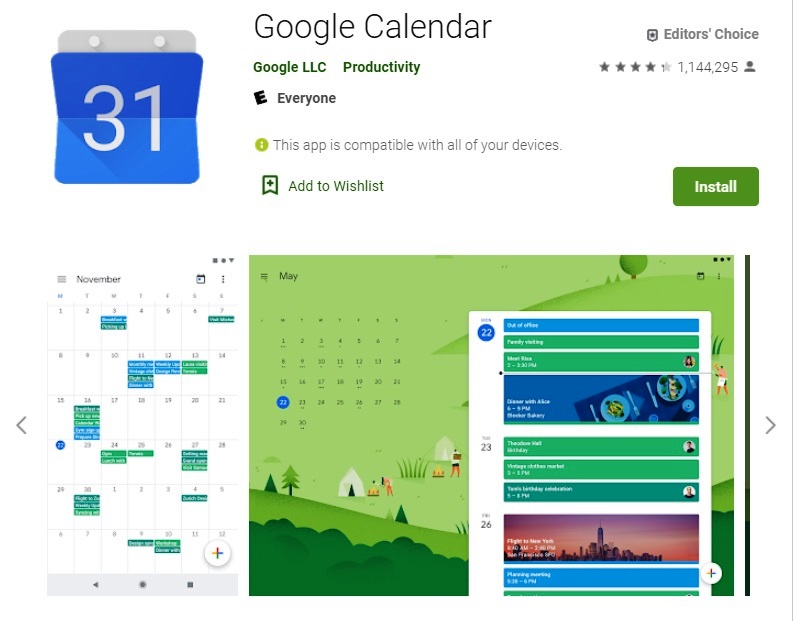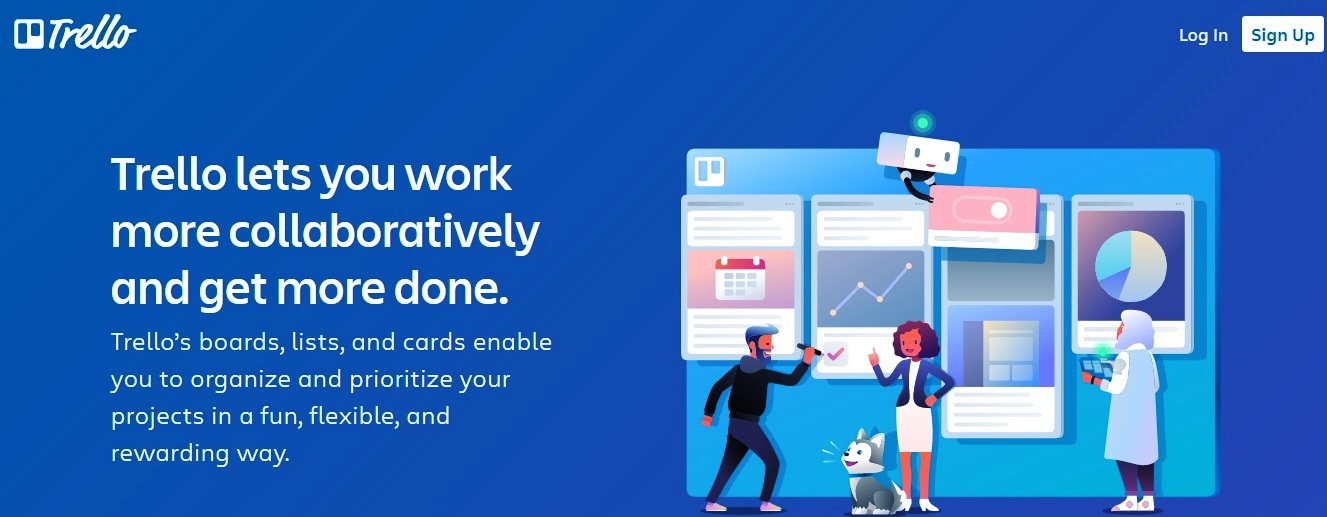Freelancing has great benefits; you can work where you want, set your own hours, choose which projects you want to work on, and more.
The flipside is that you have to take on more responsibilities, but fulfilling these responsibilities will improve your performance and increase your income.
One of the most important parts of being a freelancer is turning in projects on time. How do successful freelancers do it?
Here are a few tips to help you manage more projects without missing any deadlines.
Tips for completing your projects on time.
Turning in work on time or before a deadline strengthens your reputation and helps you to maintain a good workflow which will guarantee constant and increasing income.
Here are a few tips to increase your productivity and your income:
#1: Mark your calendar and plan
Whether you’re hiring for a company or an entrepreneur to work on your project, always ask what the latest possible deadline is before establishing the price and the project parameters.
Understanding your clients’ expectations in terms of deadlines allows you to establish a date that works for both of you.
That way you only take on the commitments that you can handle. Here’s how to do that:
- Agree on a delivery date (a single deadline for the whole project or a series of deadlines for parts of the project)
- Mark the deadline(s) in your calendar (digitally, on a paper calendar, or both)
- Determine the number of hours per day you need to finish the project on time and then set that number of hours aside each day until you reach the deadline

#2: Whenever possible, turn in your work before the deadline
One problem that tends to occur around the time of the deadline is when a client requests corrections or changes.
We recommended establishing a deadline. We also recommend that you add in extra time to take changes and corrections into account when you set that deadline, that way everything is turned in on time and according to the client’s requirements.
Here’s an example:
- Once you’ve established a clear deadline, make sure you and your client agree on this deadline and turn in a rough draft beforehand
- Come to an agreement about the number of changes that can be requested and the latest date that they can be requested
- Make sure that the deadline gives you enough time to make the changes requested and that it won’t affect the final deadline
#3: Get organized
Famous chef and TV personality once said that “Organization will set you free,” which is true. This is easier said than done. Many times you know you need to get organized, but sometimes it goes on the back burner, and before you know it a deadline is close, and you’re only 20% done with the work.
In order to get organized, you need to know what you need to organize, what steps you need to take, and how to take action. Here are a few tips to help you get organized so you stay on deadline:
- Even when you and a client agree on deadlines, terms, etc. make notes of everything
- You can write the notes in a notebook, a note taking app, a Word doc, and more. Regardless of what you use to take notes, the most important thing is to maintain transparency and clarity throughout the project and take as many notes as possible
- When organizing the number of hours per day that you need to dedicate to a project, be realistic, and don’t assign yourself more hours than you can handle. That way you don’t get overwhelmed, burnt out, or give in to the temptation of procrastination.

#4: Focus your attention and eliminate distractions
Prioritizing based on deadlines is important. This means you need to determine which projects are most important according to:
- Important project deliveries
- Urgent project deliveries
- Not urgent project deliveries
Assign each project a priority level. If you use a calendar, color code each project and stage according to its priority, for example:
- Yellow for important
- Green for urgent
- Red for not urgent
Create your own color coding system so you can visualize which tasks you need to focus on.

It’s also important to set distractions aside by scheduling a time to check social media, have fun with friends and family, etc. That way you work during work hours, prioritize projects, and decrease distractions.
That way you stay organized and turn in your work on time.
Tools to help you prioritize and stick to deadlines
There are plenty of tools that will help you organize your time and prioritize, including:
#1: Google Calendar
Google Calendar is one of the best digital calendars because it helps you share tasks that you have to do. It’s essentially a built-in digital assistant that provides reminders for different team members and allows each team member to easily track progress on a project.
You can also color code tasks and set reminders with progressive warnings that will help you maintain your productivity for every project.

#2: Rescue Time
Rescue Time is a time management app that will help you determine whether or not you are successfully avoiding distractions.
At the end of the day, Rescue Time provides you with a report analyzing your screen time with how much time you spent on websites, social media, etc. That way you have enough information to make a good decision regarding your screen time.
![]()
#3: Trello
With Trello, you can create spreadsheets with different color coding options that will help you better monitor your projects’ progress, which allows you to break projects down into stages.
Trello also allows you to create a checklist, organize the tasks, and share documents. It’s a great tool to use when you’re working on a team.

Conclusion: what happens when you organize a team?
The last recommendation we have is to organize a great team to help you get the project done.
This will allow you to organize the project in stages and assign a deadline to each stage. If you think your income will decrease because you have to pay a team of workers, keep these advantages in mind:
- When you have a team, you’ll have more time to connect with more clients and get hired for more projects, and this increases your income
- You can take on bigger projects for more money
- You don’t need to create a fixed price commitment; you can form a team for occasional work or establish a per-project payment agreement, and you’ll find plenty of freelancers to work with
Follow these recommendations, and you can meet deadlines, improve your performance, and increase your income.
—
You might also be interested in:
- Freelancer Guide: 30 great ideas to work from home as a professional
- Workana HERO 101 Guide: How do I become one of the best freelancers?
- Freelancers Top 5 Well Kept Secrets to Getting More Clients
- Master your communication with clients and get hired to work on more projects
- 10 critical points you have to take into account if you lead a remote working team





